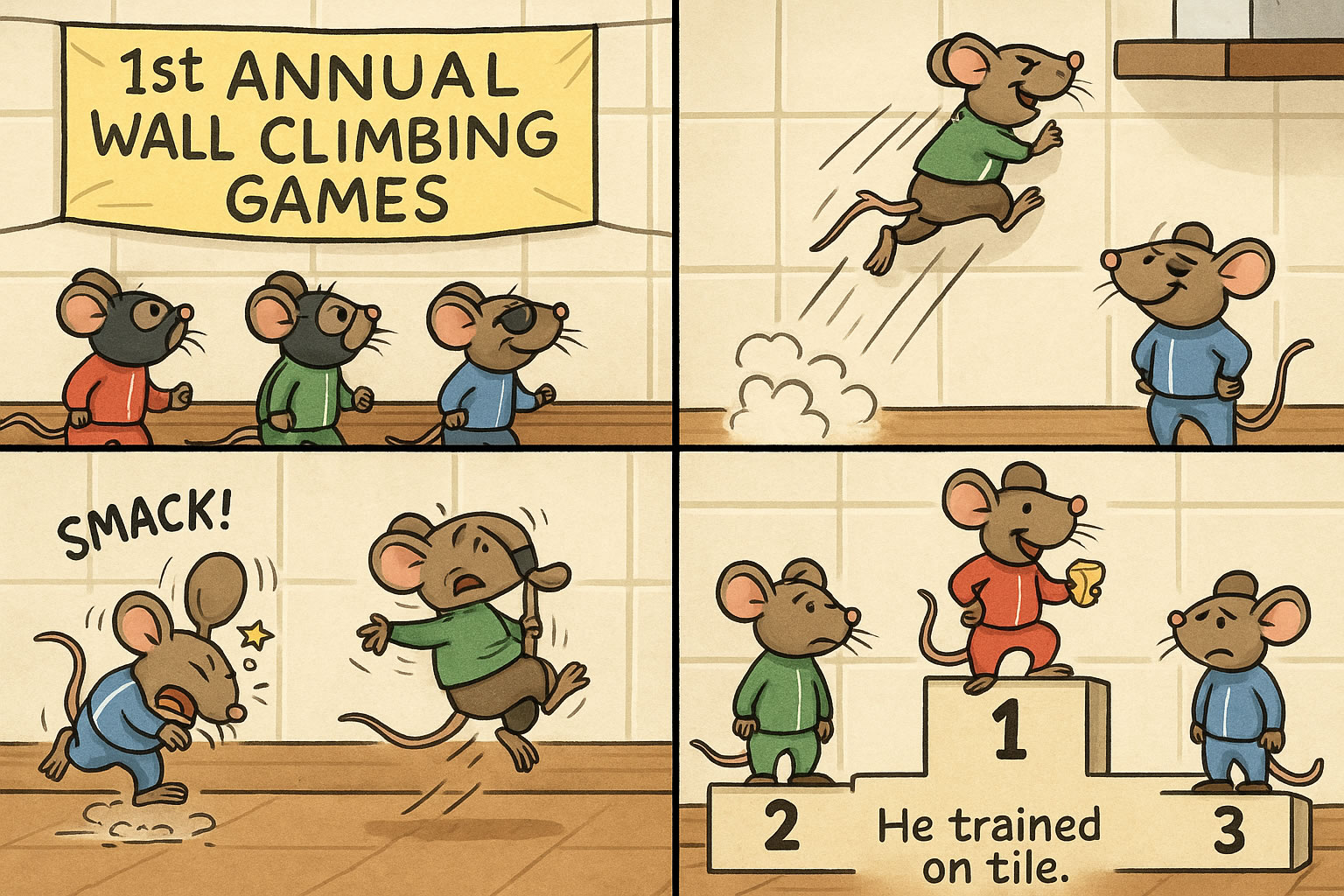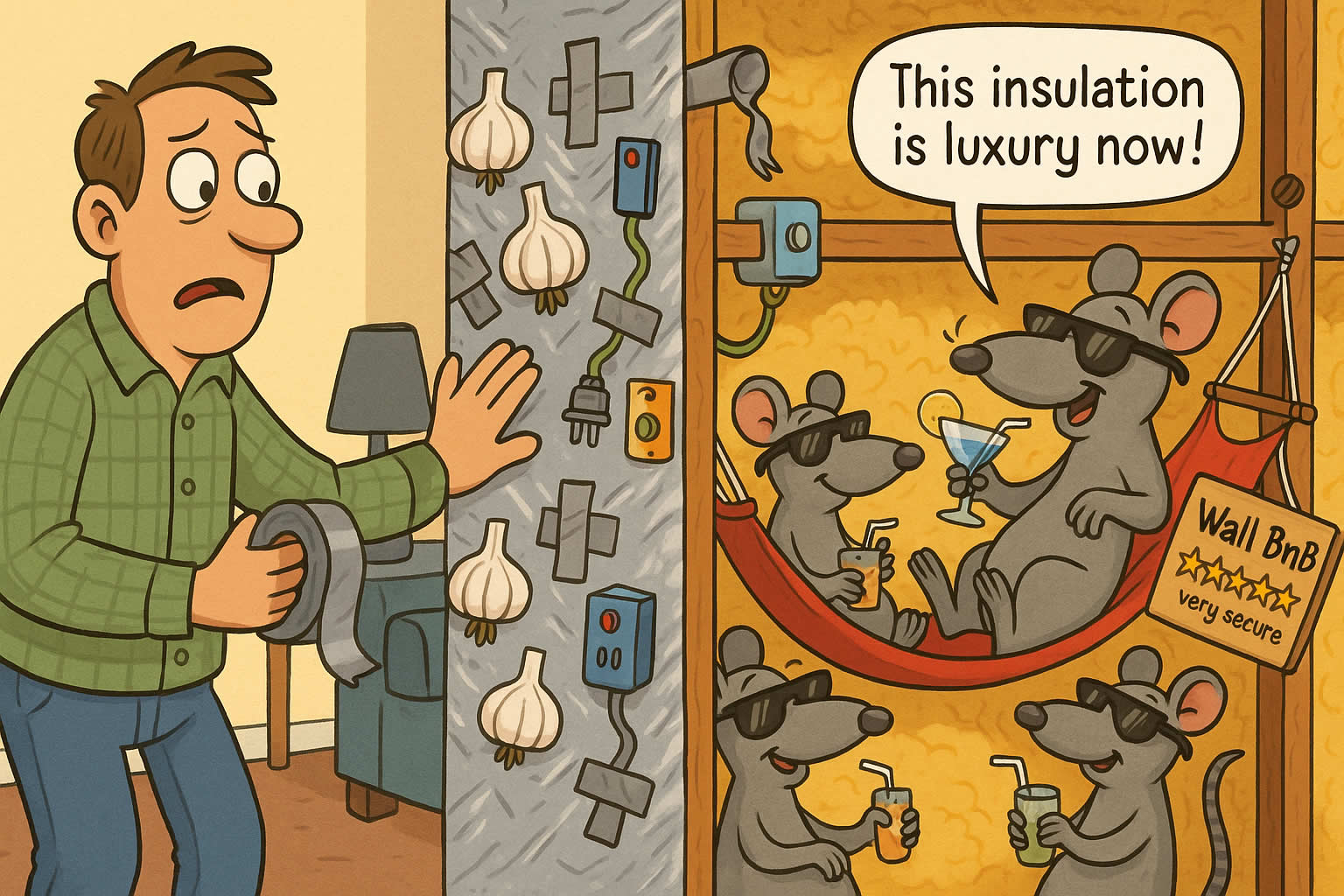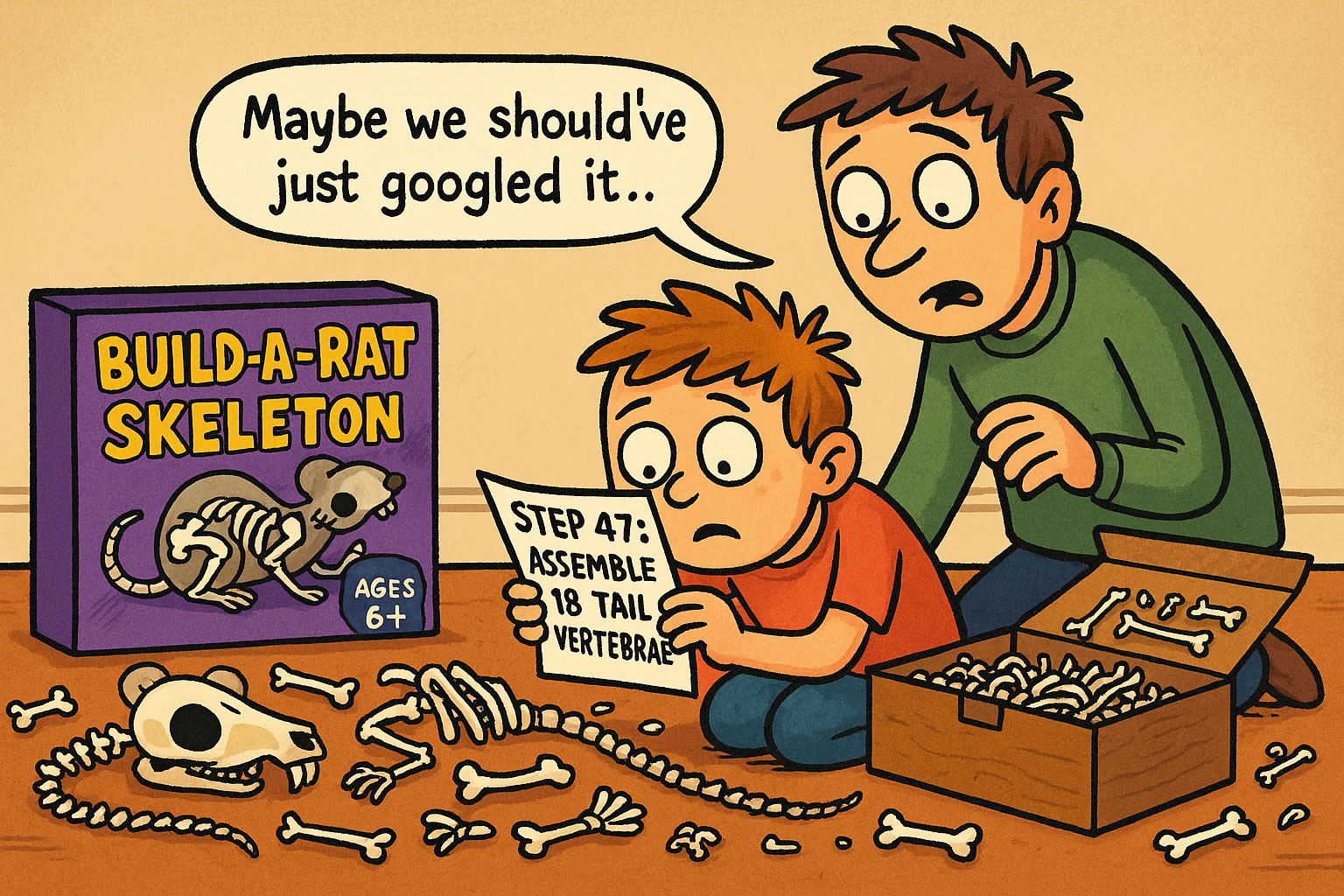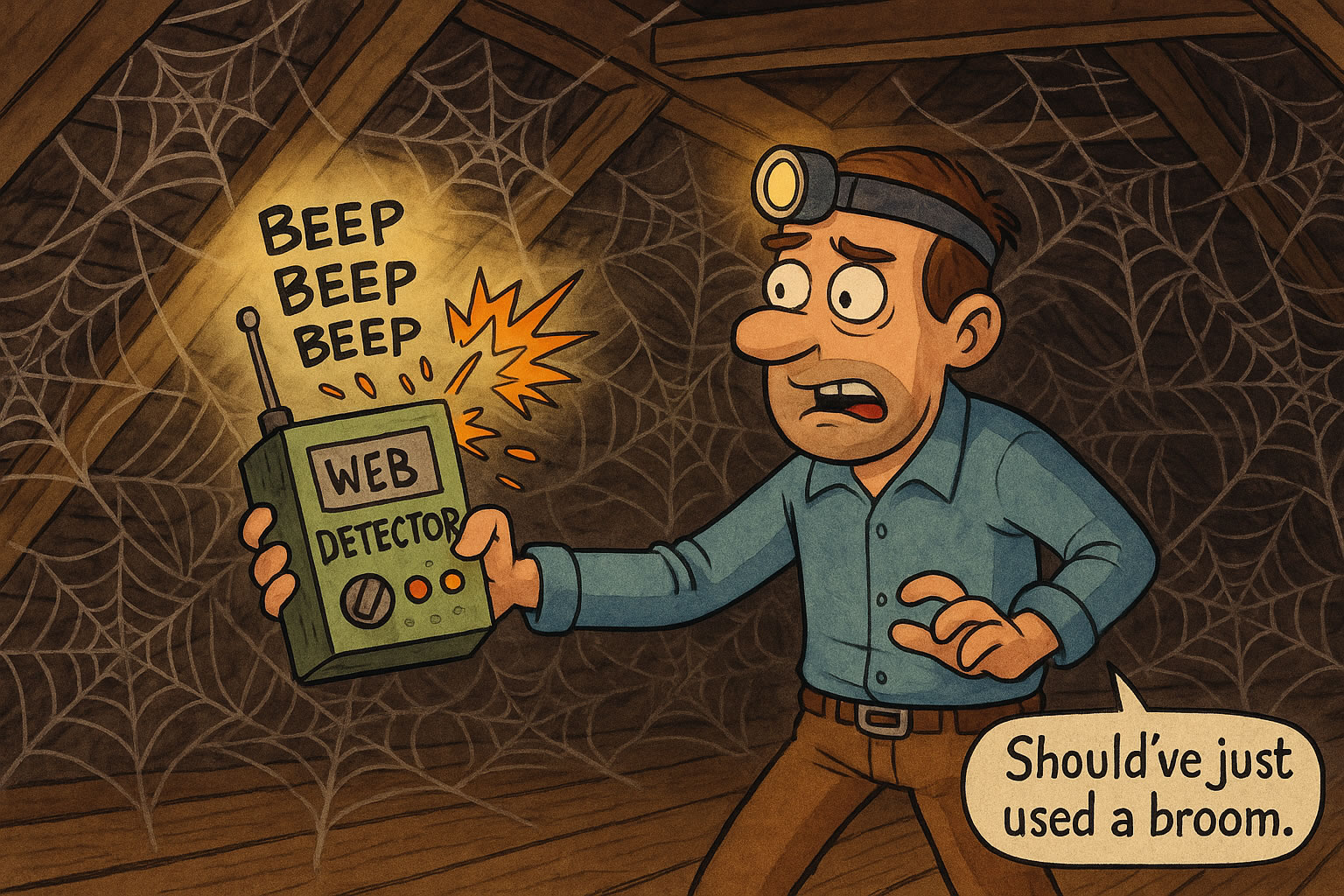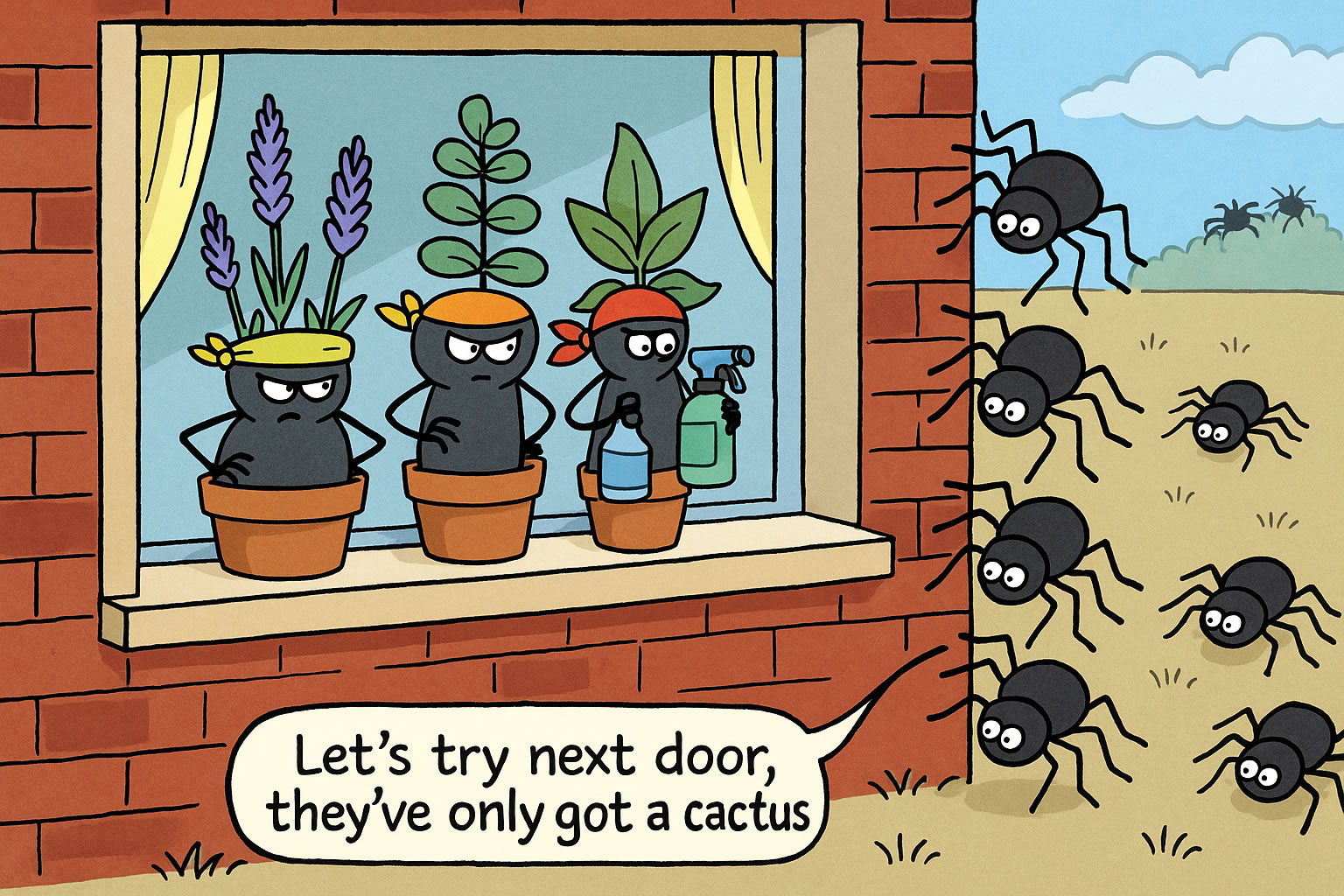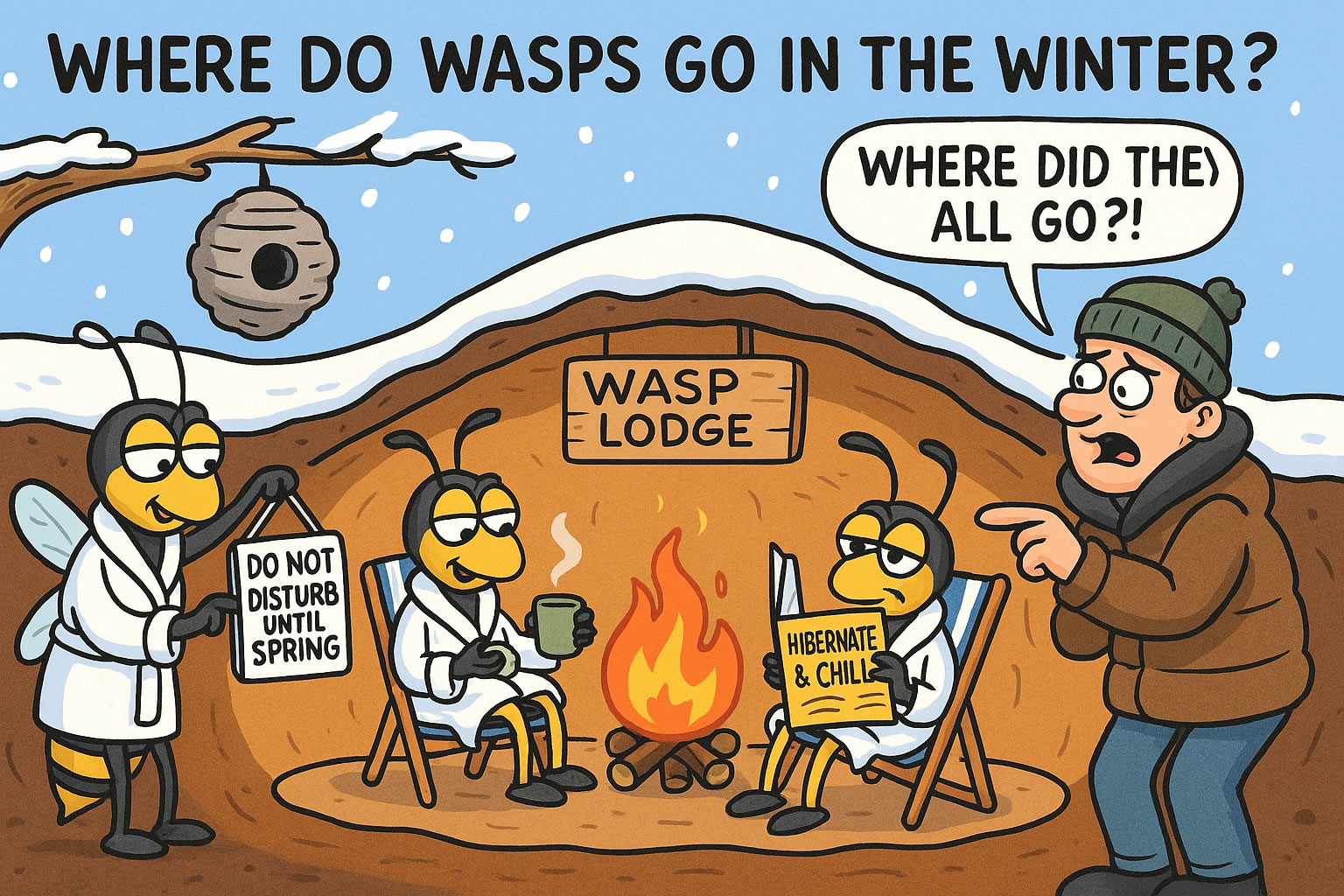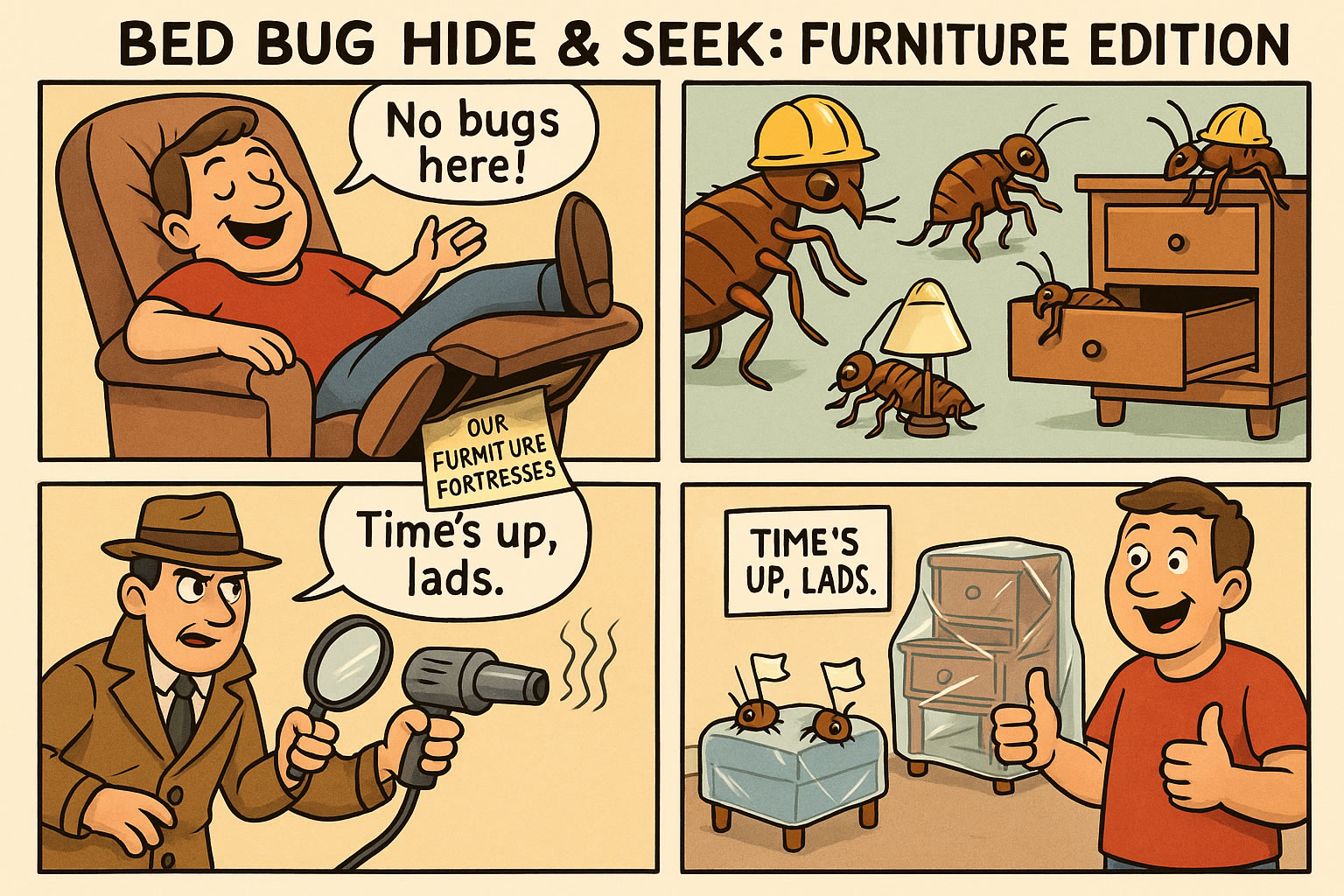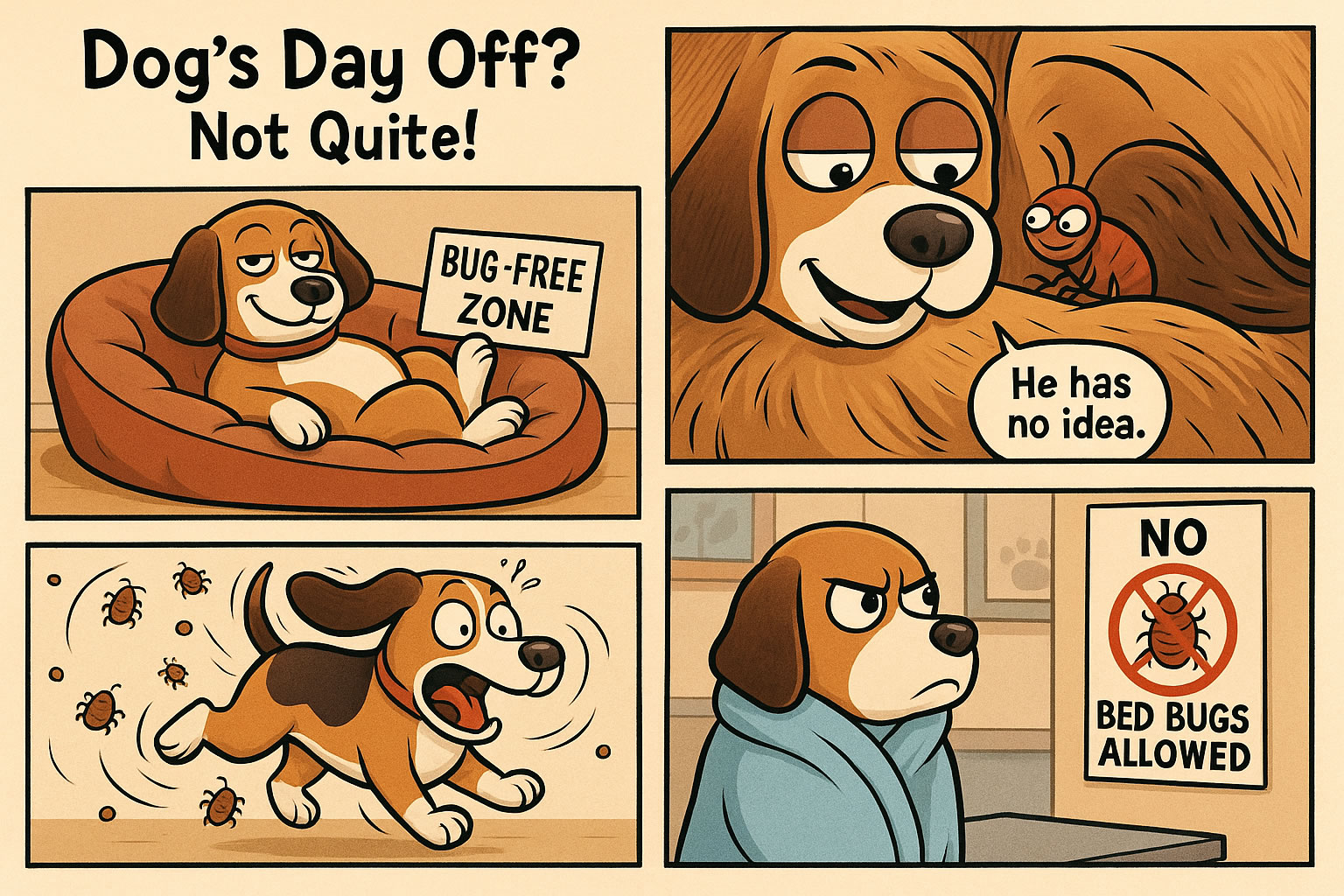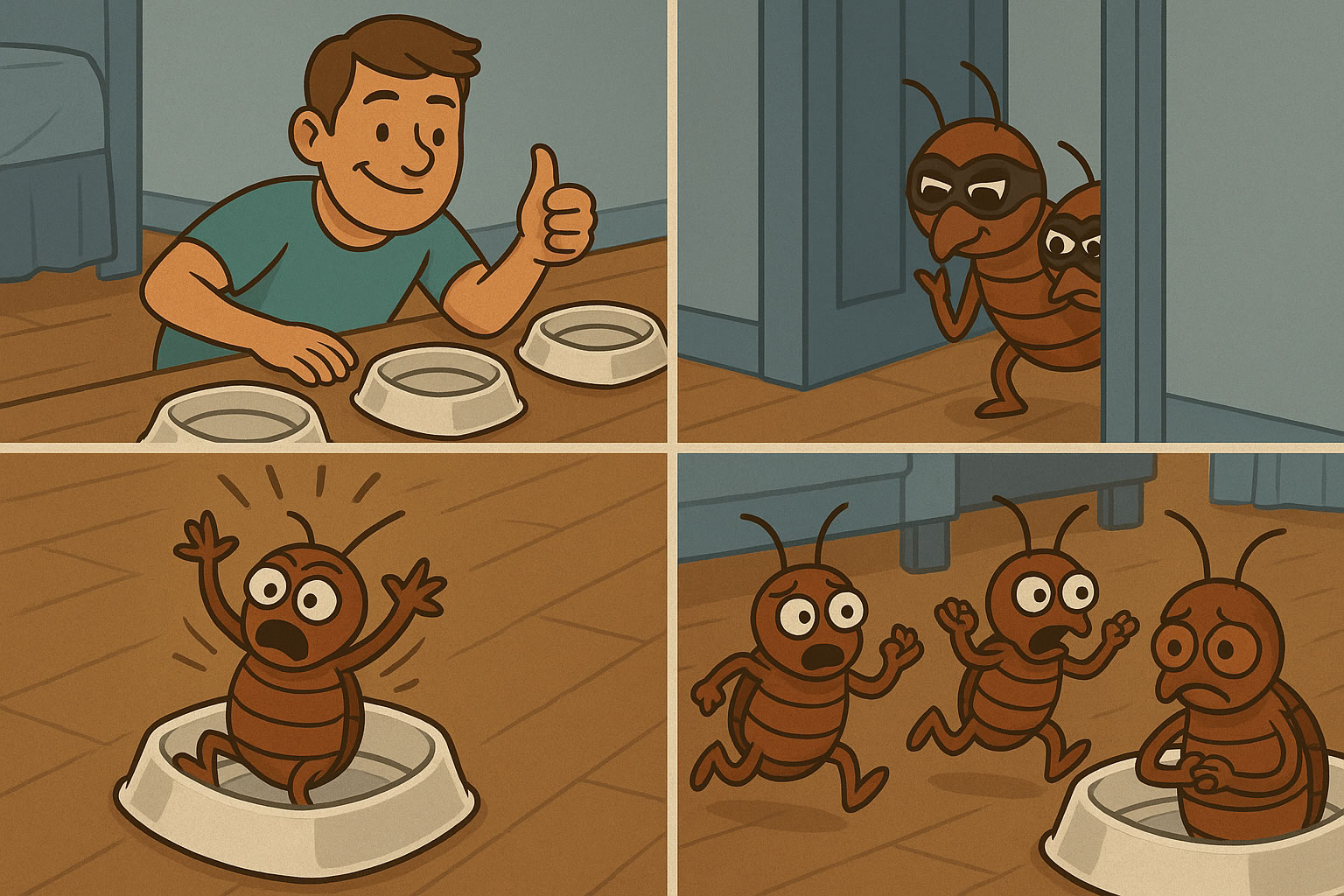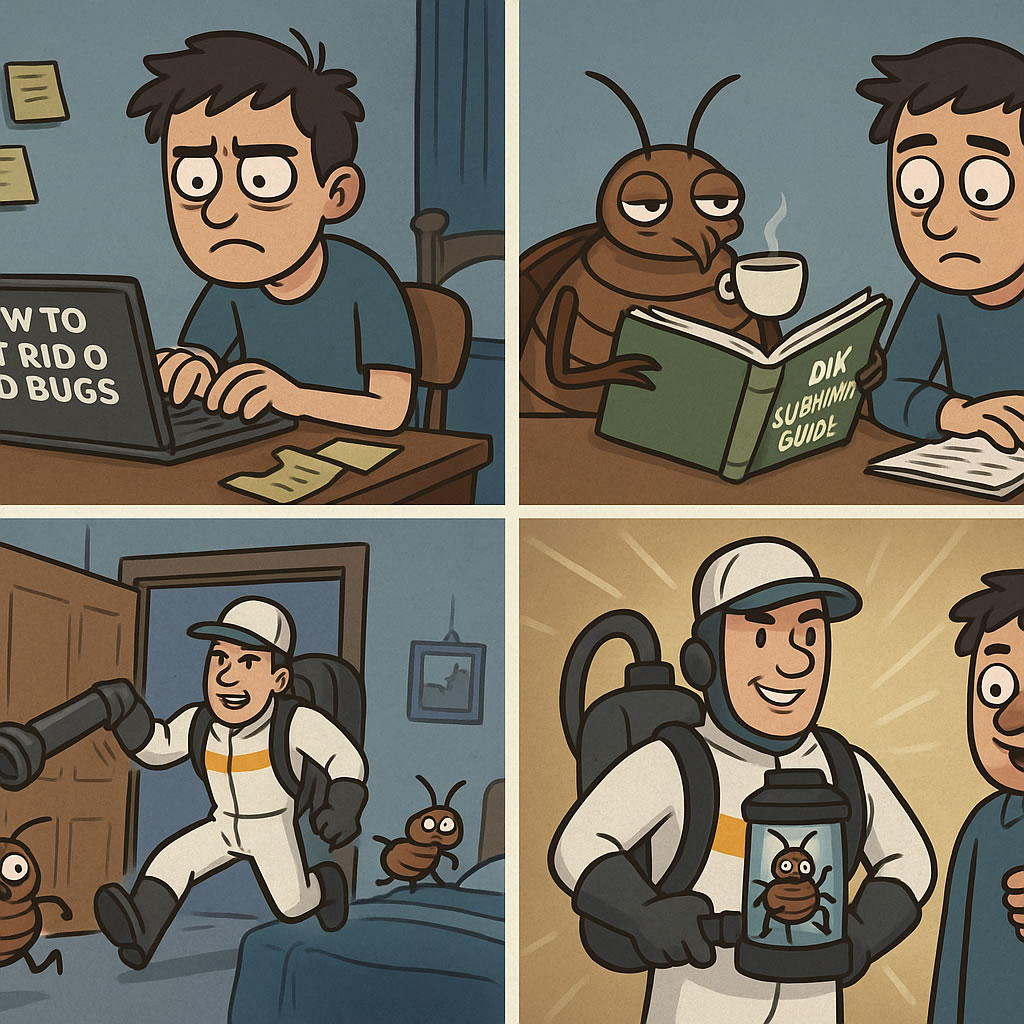Related Queries
ToggleIf you’ve heard noises in your walls or seen a mouse scurry across your floor, it’s normal to wonder just how far they can go. You might be asking yourself, can mice climb walls? It’s a good question—and the answer could help you stop them from getting in, or figure out how they got there in the first place.
In this post, we’ll go over everything you need to know about how mice move, what surfaces they can scale, and what steps you can take to keep them out for good.
Can mice really climb walls?
Yes, mice absolutely can climb walls—but not all walls. It depends on the type of surface. Mice are built to grip, balance, and squeeze through tight spaces. Their tiny claws and light weight give them an edge when it comes to climbing. If the wall has any kind of texture—like brick, wood, or plaster—there’s a good chance they can get up it. Smooth painted walls or tiles are much harder for them, but that doesn’t mean you’re completely safe.
They don’t just climb straight vertical walls either. Mice can scale drainpipes, brickwork, fences, or rough render with surprising ease. If your home has a textured surface, they can use it like a ladder. Even things like wires, cables, or ivy growing near your house can give them a way in.
Why do mice climb in the first place?
Mice don’t just climb for fun. They’re usually trying to:
- Get to food or warmth
- Find shelter or nesting material
- Escape danger or predators
- Follow scent trails or previous entry points
If they think there’s something worth finding at the top of that wall—or through a vent, a crack, or a loose roof tile—they’ll try to get there. And once they’ve made it inside, they don’t need much to stay hidden. A small hole behind the fridge or a gap under a floorboard is more than enough for them to settle in.
What types of surfaces can mice climb?
Let’s break this down a bit more. Not every wall or surface gives mice the grip they need.
Easy for mice to climb:
- Brick walls (especially older, uneven ones)
- Wooden panels or fencing
- Rough render or pebbledash
- Cavity walls with exposed joints
- Cables, pipes, and exposed conduits
- Trellises, vines, or ivy
Harder for mice to climb:
- Gloss-painted interior walls
- Metal or smooth plastic
- Glass or polished tiles
- Steel sheeting
- PVC drainpipes (though not impossible)
Even if something seems too smooth, don’t assume it’s a guaranteed barrier. Mice are persistent. If they can’t climb the surface, they’ll look for a workaround—jump from another platform, use a nearby object, or squeeze through a lower gap.
Can mice climb vertically or upside down?
Yes, they can climb vertically—and even upside down on certain surfaces. Their grip strength and balance allow them to hang from rafters, run along cables, and cling to beams. You might not see them doing it, but that doesn’t mean they can’t.
This matters especially in lofts, basements, and roof spaces where wooden rafters or exposed ducting give them easy access to different parts of the building. If there’s any exposed structure above your head, mice could be using it to move around.
How do mice get into high places like lofts or attics?
They don’t need a ladder. If you’ve got external brickwork, climbing plants, or gaps around guttering or vents, that’s often enough. Once they reach the roofline, they might get in through:
- Broken or lifted roof tiles
- Gaps around soffits or fascia boards
- Uncapped chimneys or air bricks
- Vents or extractor outlets
- Guttering that’s close to a wall or window ledge
You might not even notice these small gaps from the ground, but mice don’t need much. A hole the width of a pencil is often enough for them to get through.
Can mice climb inside walls or cavities?
Yes. Mice don’t just climb on walls—they often climb within them. If your property has cavity walls, floor voids, or suspended ceilings, they can run through them with ease. Once they’re in, they’re hard to spot and even harder to reach.
That’s why it’s so important to listen for subtle signs. Scratching, scuffling, or gnawing sounds at night, especially in walls or ceilings, can be a sign that mice are already inside.
How can you tell if mice have been climbing?
Here are a few clues that mice might be scaling your walls or moving through vertical spaces:
- Droppings found on shelves, window ledges, or in lofts
- Grease marks or smudges along pipes or wall corners
- Scratching or tapping noises coming from ceilings or wall cavities
- Damage to insulation, stored items, or wires up high
- Nests found in attics, under eaves, or in air vents
Keep in mind that mice are nocturnal. You’re more likely to hear them late at night when the house is quiet.
What can you do to stop mice climbing walls or getting in?
The key to stopping mice is making sure they have no reason to come in—and no way to do it. That means sealing up gaps, cutting off access, and removing the things that attract them.
Start with these steps:
- Seal external gaps – Check around pipes, vents, air bricks, roof edges, and the base of walls. Use steel wool, wire mesh, or expanding foam to block small holes. Focus on the places where cables enter, boiler flues, or guttering meets the brickwork.
- Trim back plants and ivy – Mice love using climbing plants as ladders. If ivy or branches are close to your house, cut them back to stop access to upper levels.
- Block internal routes – Fit brush strips to doors, seal gaps under skirting boards, and check around plumbing or wiring routes. If mice can climb one level, they can get into lofts and upper rooms easily.
- Keep food sealed and stored – Mice have a great sense of smell. If they think there’s food inside, they’ll find a way in. Use airtight containers and clean up crumbs, pet food, and bin areas regularly.
- Use traps and bait stations wisely – If you’ve already seen signs of activity, use traps where droppings or gnaw marks are found. For climbing mice, lofts, shelves, and hidden corners are common nesting spots. Place bait or traps there.
- Install wire mesh over vents and gaps – Air bricks and ventilation holes can be fitted with fine mesh that still lets air in but keeps mice out. Make sure it’s galvanised so it doesn’t rust.
What if you rent or live in a flat?
If you’re in a shared building or rental, stopping mice might take more coordination. In flats, mice often travel between units using shared voids, walls, and floors. That means you’ll need to work with neighbours or the property manager.
Document signs of activity, seal gaps in your own space, and ask the landlord to inspect shared areas like lofts, basements, bin stores, or boiler rooms. You might also need to report it to environmental health if the landlord isn’t responsive.
Can pest control deal with climbing mice?
Absolutely. A professional pest controller can inspect places you can’t reach, identify entry points, and set up targeted control methods in hidden areas like cavities, lofts, and roofs. They’ll also be able to use rodenticides or traps in a way that’s compliant with UK regulations.
If mice have made it into your walls or loft, and home methods haven’t worked, it’s worth getting professional support. The longer mice are left undisturbed, the more likely they are to breed and spread through the property.
Are you looking for pest control in Hertfordshire? Get in touch with us and a local pest removal company will be in touch.
What’s the biggest mistake people make?
Underestimating mice. A lot of people think if they haven’t seen a mouse, they must not be there. But mice are small, quiet, and mainly active at night. They can travel through walls, under floorboards, and across rafters without ever being spotted.
Another mistake is blocking the holes inside without dealing with the access points outside. If mice are trapped in wall cavities or between floors, they’ll just chew their way to a new route—and it might be worse than the first.
What should you do today if you think mice are climbing your walls?
Start by looking around. Check outside for cracks, ivy, or gaps near the roof. Inside, listen at night. Look in quiet areas like lofts, behind appliances, or in cupboards. Lay traps or bait if you’ve seen signs. And if it’s getting worse, speak to a pest control expert before it spreads.
You don’t need to panic—but you do need to act.
Final thoughts: Don’t give mice the upper hand
Mice are better climbers than most people realise. If they want in, they’ll try just about anything—up walls, along wires, or through the tiniest cracks. But now you know what to look for, and how to stop them. Take the time to seal those gaps, cut back the plants, and stay one step ahead. The sooner you act, the easier it is to keep your home safe, clean, and mouse-free.
Pest Control Toddington – Pest Control Dorset – Pest Control Tyne and Wear

